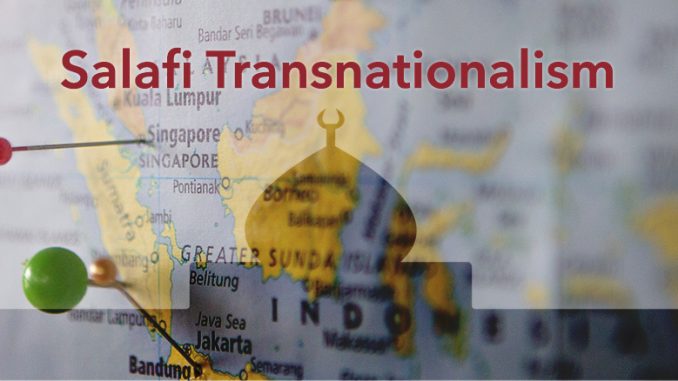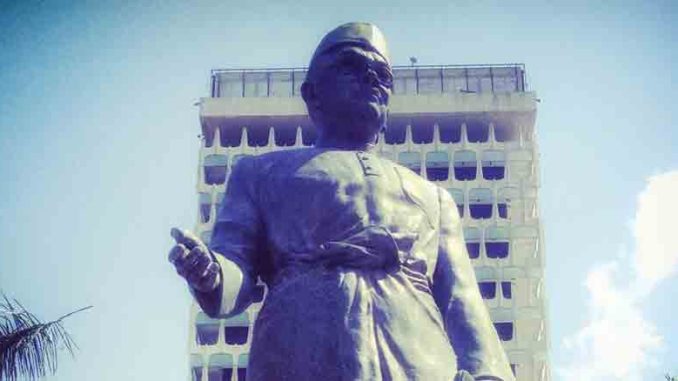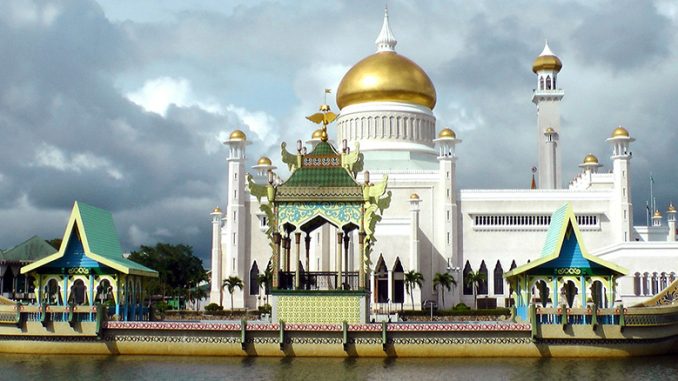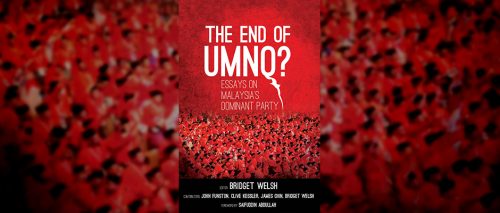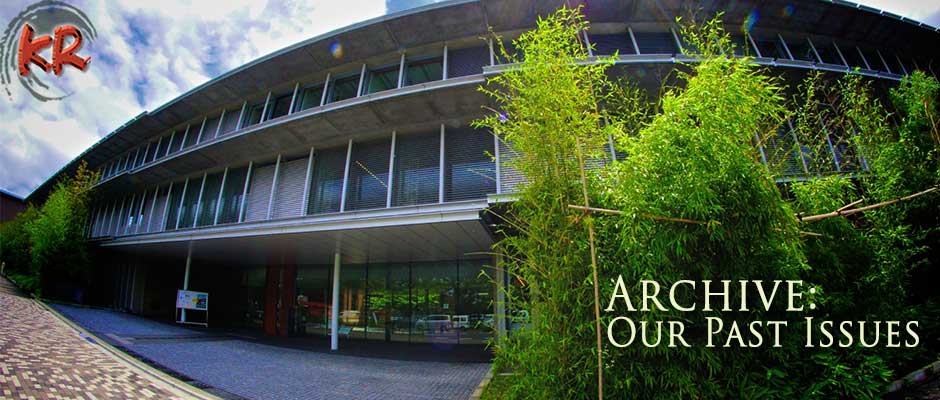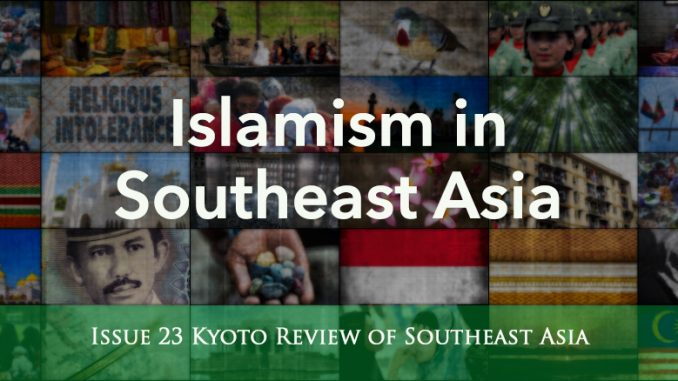
Muslim political activism and engagement is increasing across Southeast Asia. Underpinning this is a belief, held in many quarters of the region’s vast and diverse Muslim populations, that Islam is not just a religion, but an organising principle for modern society from which political leaders, parties, and organisations can derive legitimacy and authority. This speaks to the salience of Islamism, broadly defined as the articulation of Islam as political ideology that purportedly provides principles for governance, in Southeast Asia today.
Notwithstanding the dynamic terrain of Islamism in the region, it is frequently the case that Southeast Asia is overshadowed by developments in the Middle East that often capture scholarly analytical attention. The Arab Spring of 2011 offered up the prospect of Islamist political parties – political parties intent on organizing society in accordance to their interpretations of Islamic law – gaining a foothold in the Middle East and North Africa as part of a wider tide of political transformation. Six years later, the record has been mixed. After an ill-fated run at governing, the Muslim Brotherhood in Egypt was forced back underground by a counter-revolution. Meanwhile, transition was thrown into turmoil in Libya and Yemen, nascent reform movements in Bahrain and Saudi Arabia quashed, and Syria has all but sunk into an abyss. Even in Turkey, where the fortunes of the Islamist-led government followed a trajectory distinct from and independent of the Arab Spring, Muslim democrats of the AKP have taken a sharp turn toward authoritarianism a decade and a half after coming to power. On the other hand, Islamist parties have thrived in Tunisia and Morocco, but only after either tossing aside large chunks of their religious agenda (the Ennahda Party in Tunisia) or demonstrating obeisance to the throne (the Justice and Development Party in Morocco). The fortunes of Islamism in Southeast Asia however, appear to be changing in different ways.
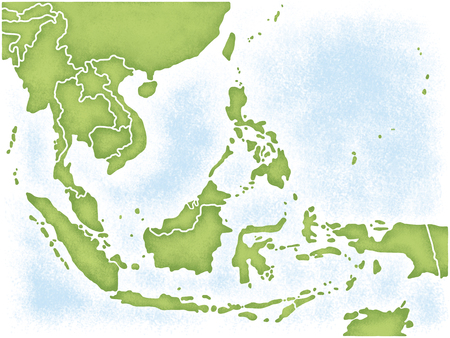
Approximately 65% of the global Muslim population resides in Southeast Asia. The region is home to the most populous Muslim country in the world, Indonesia, which also supplies the largest contingent to the annual Haj pilgrimage each year (around 200,000). Volumes have been produced documenting the rich cultural inheritance and diverse historical tapestry of Southeast Asian Islam, in many ways unique to the Indo-Malay Archipelago, and which can easily fill a library. Southeast Asian Islam also enjoys a long intellectual tradition. Prominent Southeast Asian scholars, popularly known as Ulama Jawi, sojourned, studied, and taught in the storied halqah (study circles) of Masjid al-Haram in Mecca during the 19th and early 20th centuries. These included Daud Abdullah Fathoni and Zayn-al-Abidin Fathoni of Patani, Muhammad Yusuf Ahmad (more affectionately known as Tok Kenali) of Kelantan, Muhammad al-Nawawi-al-Jawi of Banten (Shaykh Nawawi Banten), and Abdul Halim Hassan of Binjai. This tradition of scholarship would be carried into the modern era by renowned Indonesian scholars of Islam such as Nurcholish Madjid, Abdurrahman Wahid, and Syafii Ma’arif. Indeed, Southeast Asian Muslims have always had among its ranks thinkers and scholars who have made major contributions to the advancement of Islamic thought. In the Indonesian Nahdlatul Ulama, Southeast Asia houses the largest Islamic civil society organization in the world. Established in 1926 and claiming a membership of 40 million today, Nahdlatul Ulama is a traditionalist Muslim organization which supports the principles of pluralism and democracy in Indonesia. Southeast Asia is also home to a kaleidoscopic terrain of political engagement in which several Islamist political parties have actively participated in the electoral process in both Indonesia and Malaysia. These include parties inspired by the Egyptian Muslim Brotherhood, such as Partai Keadilan Sejahtera or PKS (Justice and Prosperity Party) in Indonesia and Parti Islam Se-Malaysia or PAS (Pan Malaysian Islamic Party) in Malaysia, parties that have sprung from local Muslim civil society movements like Partai Kebangkitan Bangsa or PKB (National Awakening Party), which is linked to Nahdlatul Ulama, and the Partai Persatuan Pembangunan or PPP (United Development Party), which was effectively the creation of former president Suharto’s ruling New Order authoritarian regime.
Yet while these are important aspects of Islam’s place in Southeast Asian society, they are not the whole story. In part because of the rich and heterogeneous heritage of Southeast Asian Islam, the region’s Muslims today subscribe to different interpretations of doctrine even as they have acquired diverse social outlooks. This diversity has come to be expressed in Islam’s growing role in the public sphere across Southeast Asia. The essays compiled here, authored by young scholars who are pursuing fascinating research projects on various aspects of Islam and Islamism in Southeast Asia, reflect this diversity in terms of their topics, methodological approach, and interpretation of these phenomenon.
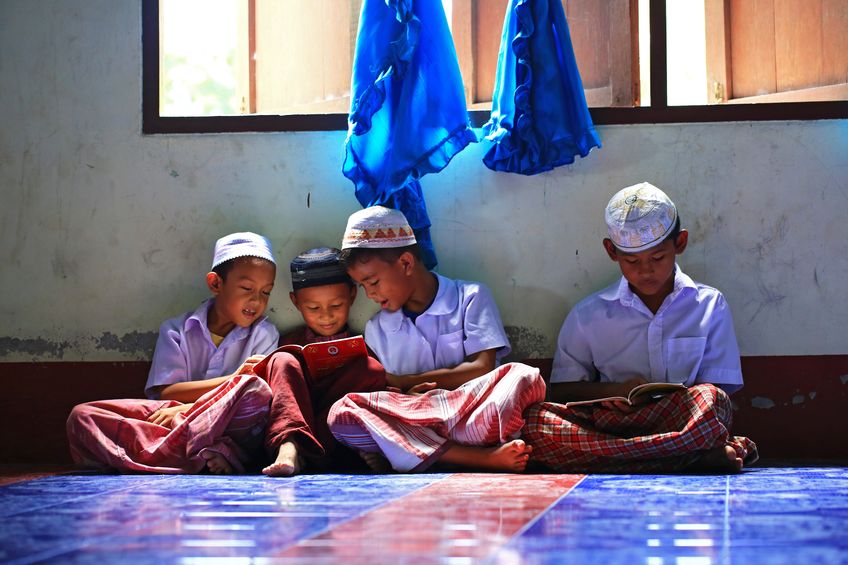
The opening essay of this collection touches on one of the more controversial debates that define the study of Islam in Southeast Asia today – the degree to which Islam in the region is predicated on local heritage or shaped by external influences. While much is made (at times more as caricature than factual analysis) of the tradition of syncretism that is “inherent” in Southeast Asian Islam, there has been growing interest in the rise and influence of transnational ideas and actors. Arguably the most prominent of these has been the rise of Salafist movements in the region. While Salafism is not a new phenomenon in Southeast Asia, there remains much confusion over its doctrinal, ideological, and social orientations. Shedding light on this, Zoltan Pall’s essay maps out Salafism in Southeast Asia by providing a useful typology of groups in Indonesia and Malaysia that can be broadly classified as Salafist. He provides an important discussion not only on the different forms of Salafism in terms of social and political engagement (less so theological or doctrinal), but also of their origins and the nature of their transnational networks. The latter is of particular interest given conventional wisdom that Salafi influences have originated from outside of Southeast Asia, mostly from Saudi Arabia and Gulf states. Pall finds that while this might be so, there has been a process of indigenization that is often omitted from narratives of the movement’s history and genealogy.
A major talking point among scholars and analysts of political Islam in Southeast Asia was the recent gubernatorial elections in Jakarta, which saw Islamist mobilization of a scale sufficient to have an effect on the election outcome. While recognizing the devastating consequences when Islamist political forces coalesce with vested political interests, Sumanto al-Qurtuby nevertheless warns against premature conclusions that the tide of exclusivist political Islam has risen to the extent that it has overwhelmed other social and political expressions of religious identity and piety. Instead, he offers compelling reasons why an Indonesian brand of “civil Islam”, as the eminent scholar Robert Hefner called it, will continue to prevail, not least by virtue of the fact that the Jakarta election was but one development in the dynamism that defines the story of Muslim activism in Indonesia. In fact, Qurtuby reminds us that many other local elections had taken place around the same time as the Jakarta gubernatorial polls, and these ushered in not only “moderate” Muslims but also several non-Muslims into municipal office.
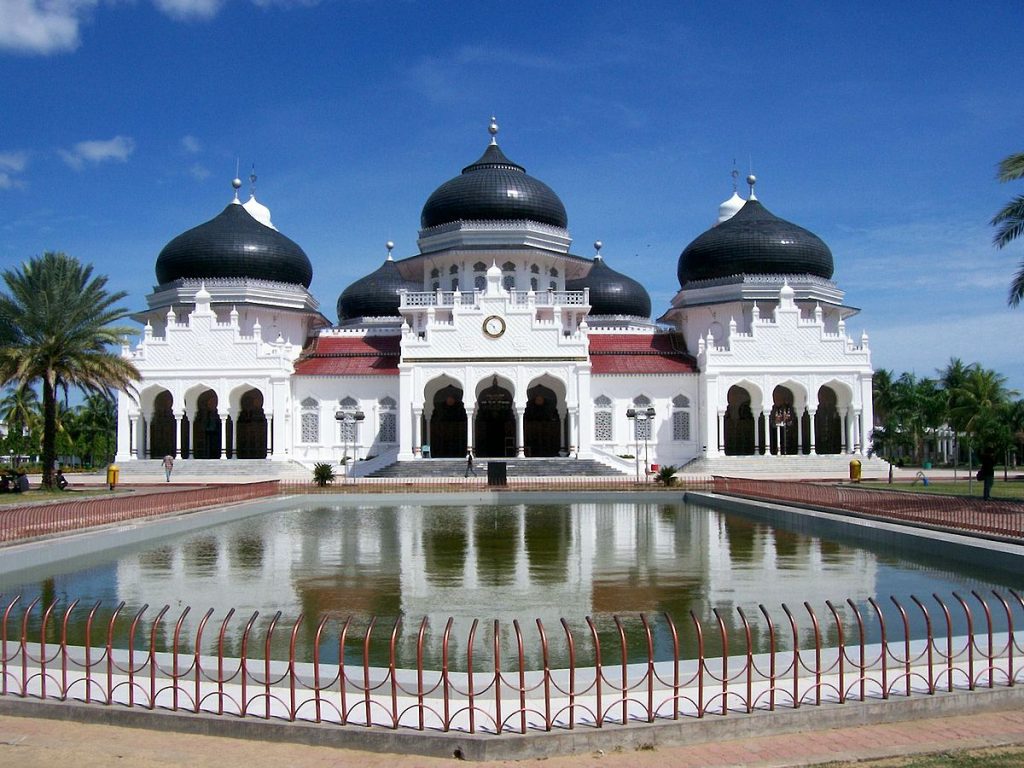
If pluralism is effectively pushing back against exclusivism in Indonesia, the picture appears somewhat more different in Malaysia, but in discomfiting ways. In her unpacking of the constitutional debates surrounding religious freedoms in Malaysia, Yvonne Tew finds that social, political, and legal space for non-Muslims has become decidedly constricted in recent years. Tew notes that this phenomenon is rooted in the politicization of Islam in Malaysia that has come to define politics in the country for the better part of three decades. Of considerable concern is how this politicization has crept into constitutional debates and the legal system, resulting on the codification of rulings and legislation that call into question contemporary interpretations of the Malaysian constitution, not least of which is its concept of freedom of religion enshrined in Article 11.
Introducing a different flavour to the discussion is the comparative essay authored by KikueHamayotsu. Specifically, in her essay Moderate-Radical Coalition in the Name of Islam Hamayotsu finds that while most scholars take the view that Islamism is facilitated by the instrumental use of religion (Islam) by political opportunists, the picture may in reality be more complex. In particular,Hamayotsu suggests that an integral role in this process is played by the “certification of religious authorities and elite”, which essentially provides the condition for conservative religious and political leaders to find mutual ground. This, in turn, leads to a symbiotic relationship between the two that work together to advance the cause of conservative Islamism.
Finally, in his essay Islamic Authority and the State in Brunei Darussalam, Dominik Muller takes a close and critical look at the sultanate of Brunei. An outpost of traditionalist Malay-Muslim identity in archipelagic Southeast Asia, absolute monarchy remains very much at the heart of the country. This is manifested, amongst other ways, in the role and place of Islam in Bruneian society as captured in the concept of Melayu Islam Beraja. Unlike the case of Indonesia and Malaysia, where Islamism has been as prominent on the civil society landscape as it is in policy making and mainstream politics, Muller finds that in Brunei, defining and governing Islam remains the sole prerogative of the state. This is evidenced in the authority of the inflated religious bureaucracy, which has been empowered to police every aspect of religious expression in the small sultanate.
Joseph Chinyong Liow
Dean and Professor of Comparative and International Politics
Rajaratnam School of International Studies
Nanyang Technological University
Singapore
Main Articles: Read in English, Bahasa Indonesia, Thai, Japanese and Vietnamese
“Indonesia’s Islamist Mobilization” by Sumanto Al Qurtuby
|
Review Articles from the Issue
|
|
|
|
|
|
|
|
|
|
All of the Young Academics Voice articles – for this and past issues – can be found on the Y.A.V page:
Check the ARCHIVE of Kyoto Review of Southeast Asia for articles from all the past issue:

